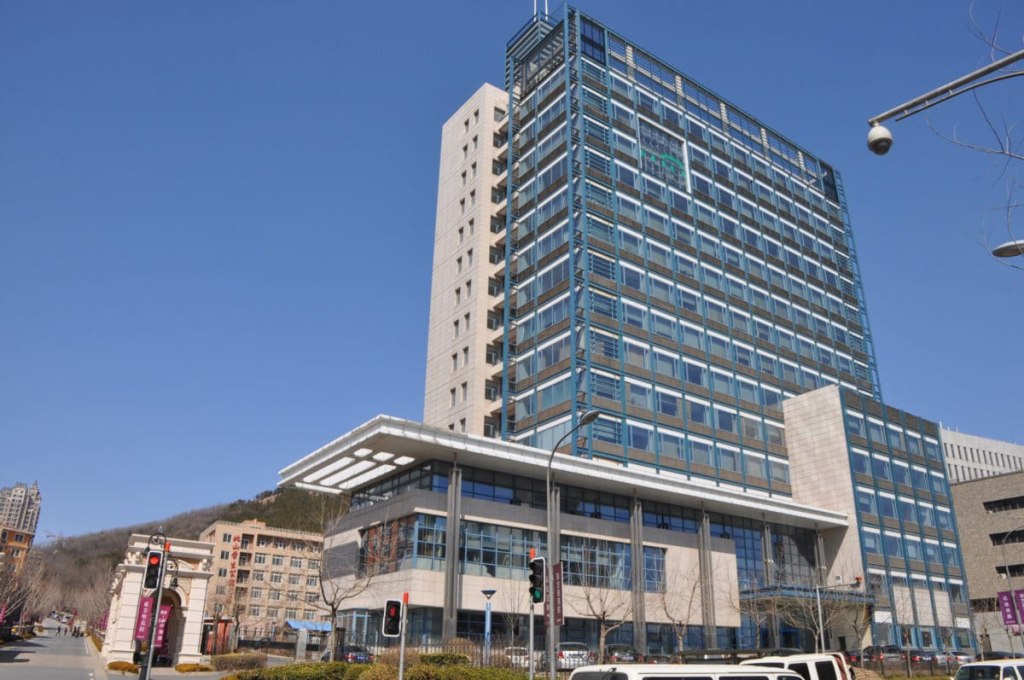
A research team from China’s Dalian University of Technology (DUT) has investigated the operational performance of a large-scale photovoltaic-thermal (PVT) heat pump system using a liquid overfeed method.
Unlike conventional direct-expansion systems—where the expansion valve sends a mixture of liquid and vapor refrigerant directly into the PVT modules—the overfeed design separates the gas and liquid phases. Only the liquid refrigerant is sent to the PVT modules, reducing compressor strain while improving both thermal and electrical performance.
“The overfeed system ensures better wall wetting and maximizes use of the heat exchange surface,” the team explained. “It also allows the compressor to draw in higher-density vapor, increasing the refrigerant flow rate and the system’s heat transfer capacity. In addition, the lower vapor mass flow in the evaporators minimizes pressure loss, further optimizing compressor operation.
In contrast to the direct-expansion system—where the compressor draws in superheated vapor—the overfeed method enables the compressor to take in lower-temperature saturated vapor. This higher-density vapor improves the compressor’s indicated efficiency and results in a steeper compression process.
The system was implemented in 2023 at a DUT dormitory building, as part of a project introducing centralized shower facilities for students. On the dormitory roof, 84 PVT modules rated at 450 W each were installed at a 40° tilt angle, facing south. The modules were divided into six groups of 14, connected in parallel through supply and return branch pipes. The setup also includes a heat pump with four scroll compressors, each with a displacement capacity of 37.7 m³/h and a power rating of 7.3 kW.
The heat pump’s condenser has a capacity of 54 kW, complemented by a 100 L reservoir and a 460 L receiver. The system uses R134a refrigerant. A centrifugal oil separator and a mechanical pump—rated at 10.0 m³/h and 3.0 kW—are also incorporated. On the first floor, the heat storage station features a 32.0 m³ water tank that stores hot water collected from the rooftop system. This hot water is supplied to the showers through two pumps, while a 40 kW string inverter handles electrical conversion.
During operation, the PVT panels generate both electricity and heat. The R134a refrigerant circulates through the panels, absorbing heat before flowing into a receiver tank, where vapor separates and rises to the compressor while liquid remains at the bottom. The compressor pressurizes the vapor, which then passes through a condenser to transfer heat to the water used for showers. After releasing heat, the refrigerant condenses back into liquid form, which the mechanical pump returns to the PVT panels. Electricity produced by the PV layer powers system components such as the pump and compressor. Field tests were conducted during two daytime sessions in May 2025.
“The power generation efficiency of the PVT modules improved by approximately 3% on cloudy days and 4.81% on sunny days,” the researchers stated. “However, during early morning and late afternoon periods of high ambient humidity, efficiency decreased due to condensation on the PVT surface, which scattered sunlight and reduced effective radiation. It is recommended that PVT heat pump systems avoid operation during these times.”
The team also assessed refrigerant distribution uniformity using a return temperature inhomogeneity index, finding inhomogeneities of 0.3% among PVT groups and 0.2% among modules. “The mean module pressure loss was 26.1 kPa on a cloudy day and 25.9 kPa on a sunny day—only 24.6% to 32.5% of values reported in existing studies,” the researchers noted.



